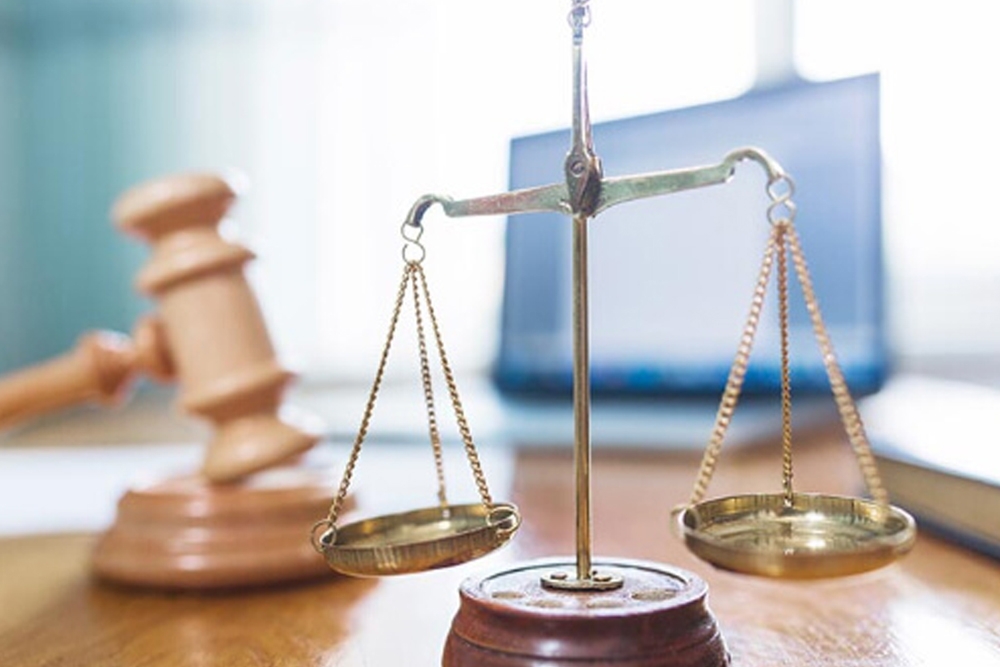Automatic Termination of the Bankruptcy Stay

The Bankruptcy Code’s automatic stay is powerful protection that prohibits creditors from attempting to collect during a bankruptcy case. The protection was so powerful and effective that creditors lobbied Congress to amended the automatic stay laws in 2005. Now the Bankruptcy Code provides that the automatic stay is terminated if a debtor fails to (1) file a timely statement of intention with the bankruptcy court to reaffirm, redeem, or surrender property, AND (2) take timely action to perform the stated intention. Failure to perform either step means the property is removed from the bankruptcy estate, and creditors are free to repossess or take other collection action against the property in accordance with state law.
To prevent the termination of the automatic stay, section 362(h)(1)(B) of the Bankruptcy Code requires the debtor “to take timely the action specified” in the statement of intention, meaning some action beyond simply filing the statement of intention. Merely stating an intention to reaffirm a debt and expressing interest in negotiating payment terms is not enough. Taking steps to perform the debtor’s intention means actually signing a reaffirmation agreement; or taking steps that proves the debtor is willing and able to execute a reaffirmation agreement prepared by the creditor.
The Bankruptcy Code provides the debtor with a safe harbor if a debtor takes steps to reaffirm on the original contract terms and the creditor refuses to agree. In this case the automatic stay continues – but what if the debtor is behind on payments, is unable to catch up, and the creditor refuses to negotiate terms? This is sometimes the case when a debtor converts from Chapter 13 to Chapter 7. In the case of a home mortgage, the debtor may have no option but to deal with the mortgage arrears outside of bankruptcy. Another possibility is filing a “Chapter 20” bankruptcy: discharging all unsecured debts in Chapter 7, then filing a Chapter 13 to pay a mortgage arrears. The debtor is not eligible for a discharge in the Chapter 13 case, but can pay the mortgage arrears under the protection of the automatic stay.
Keeping the automatic stay in effect is more than just filing paperwork and waiting for the creditor to send a reaffirmation agreement. Reaffirming a debt requires attention to the case and communication with the creditor. Your bankruptcy counsel has procedures in place to ensure that the requirements of section 362 are met.
